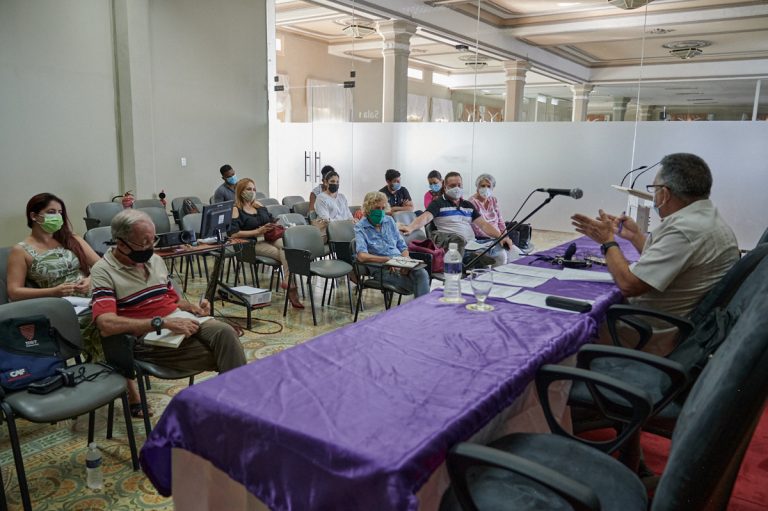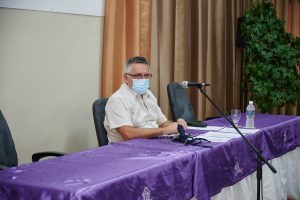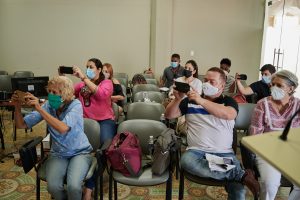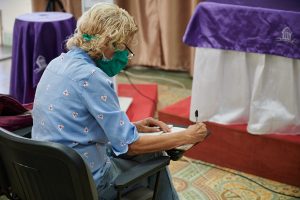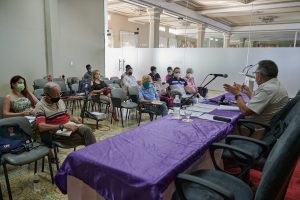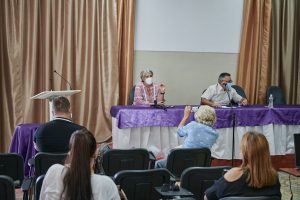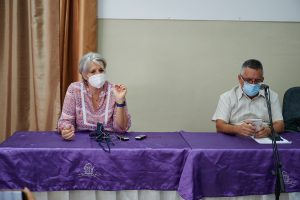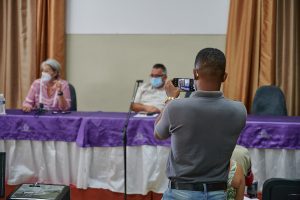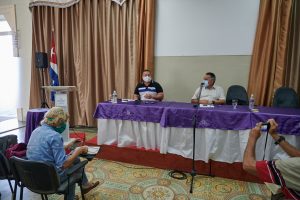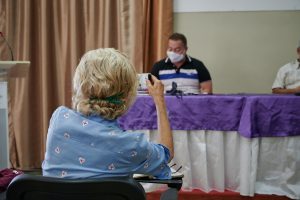Camagüey is a city with an undeniable literary history. Cradle of the first work written in the Greater Antilles, land of the national poet Nicolás Guillén, Gertrudis Gómez de Avellaneda, Aurelia Castillo and an endless number of authors of great relevance in the history of Cuban literature.
Precisely this literary tradition is the basis of the request made to UNESCO to recognize Camagüey as a Creative City of Literature. This was announced today at a Press Conference held at the Santa Cecilia Convention Center in the city of Waterpots.
The municipal government, the Office of the Historian of Camagüey city (OHCC), the Books and Literature Provincial Center, the Provincial Directorate of Culture and other institutions joined forces in the creation of the proposal to the international organization.
José Rodríguez Barreras, director of the OHCC reported that the Program Secretariat and the UNESCO Creative Cities Network determined, after the technical review of the documentation presented on Camagüey city, the candidacy of the UNESCO Creative Cities Network 2021; that the proposal is finished and admissible. In addition, according to the Application Guidelines, the file will be sent to the evaluators for their review.
Rodríguez Barreras stressed that it is a good time to present this proposal due to the hard work that is carried out by the different institutions in order to promote the development of literary creation in the territory, efforts that have only been affected by the epidemiological situation that lives the province due to COVID-19.
Curiously, despite these limitations, reading in Camagüey homes has increased considerably and it is that during the time of isolation the Books and Literature Provincial Center has adopted initiatives to encourage reading. Yunielkis Naranjo Guerra, director of this institution, who also participated at the Press Conference announced; that to this day, more books have been sold than the number expected for the entire year.
The denomination of Camagüey as a Creative Literary City, if it materializes, represents a unique opportunity to promote local development, since we must bear in mind that Creative Industries constitute approximately 2.9 percent of global GDP.
The dynamization of creative processes is a fundamental link for this purpose, that is supported by a series of actions that seek to continue developing the creation and consumption of literature such as: projects in selected areas and neighborhoods where children with skills and interest have been identified for this literary manifestation, support for the work of the houses of culture, the creation of traveling bookstores where the exchange of books flows, events for tobacco shop readers, among others. It would also represent an important livelihood and a field to be exploited by entrepreneurs and institutions dedicated to gastronomy, cinema, and the visual and digital arts.
Every year UNESCO integrates new names to the list of Creative Cities and this time two Cuban cities seek to be included in it, Camagüey as a Creative Literary City and Santiago de Cuba as a Creative City of Music. In the same way, two cities on the island are already registered and are in possession of this condition: Trinidad and Havana.
This Network brings together cities that base their development on creativity, whether through music, crafts and popular arts, design, cinema, literature, digital arts or gastronomy.
The results of the evaluation of the file and the proposal will be announced in November of this year.
Translated by: Aileen Álvarez García

